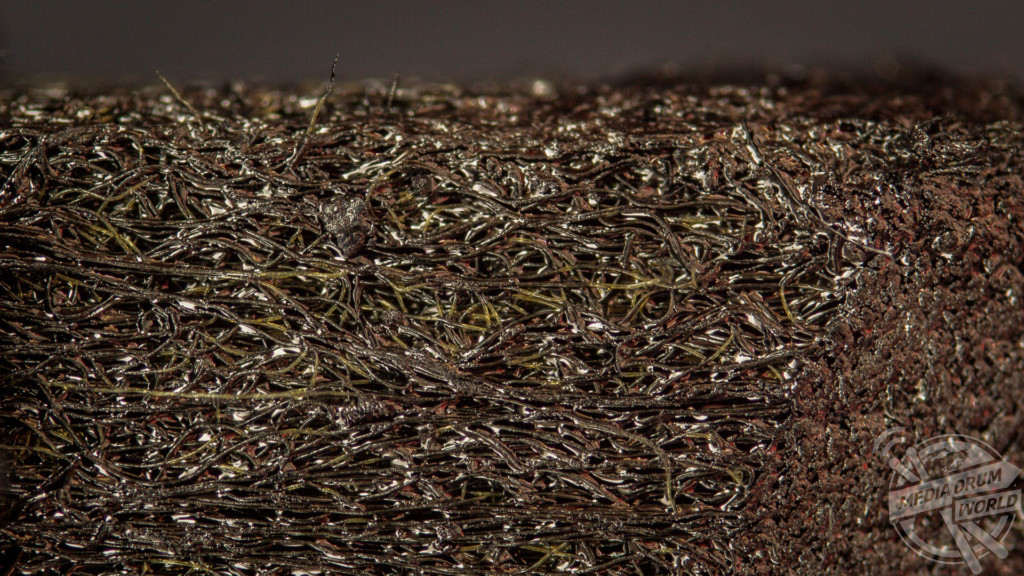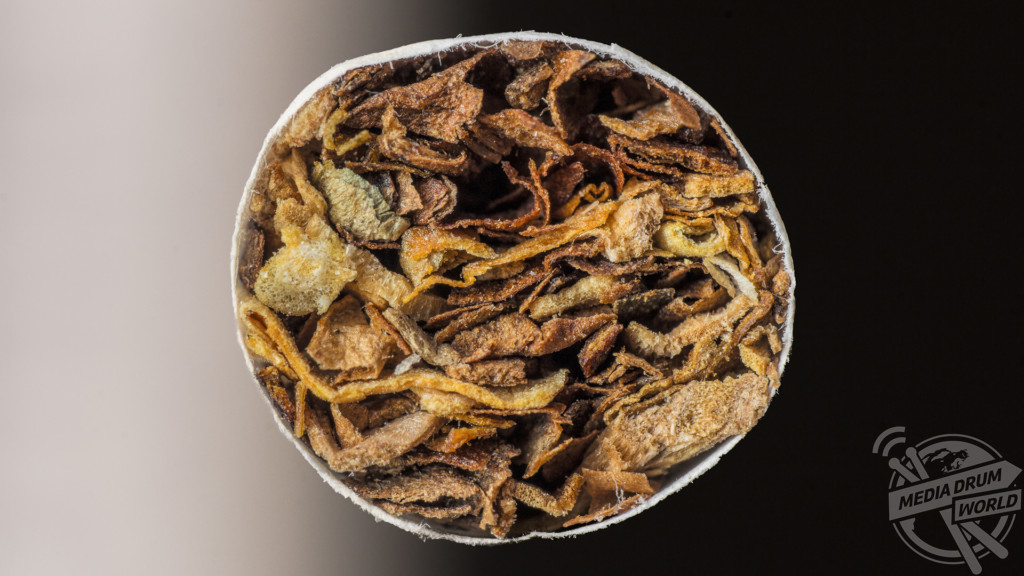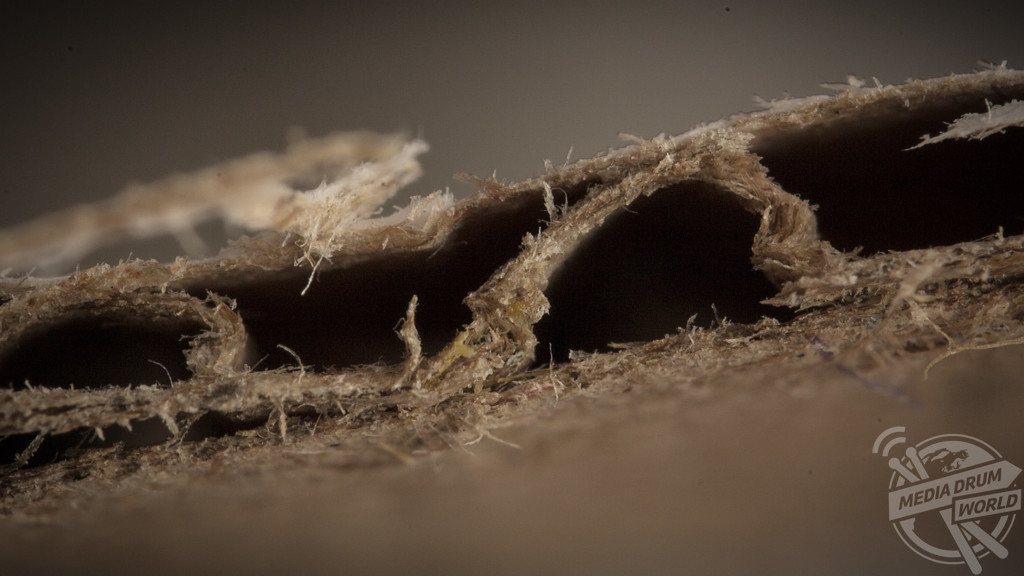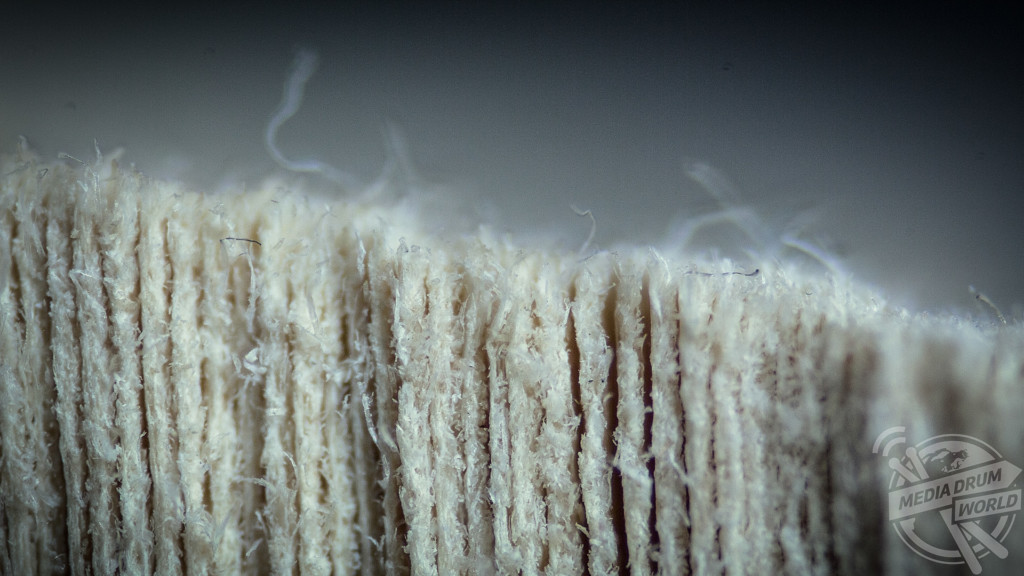By Mark McConville
INCREDIBLE extreme close-up images have revealed the hidden world that exists on everyday objects.
The stunning macro pictures show the tight bristles of a piece of Velcro, the intertwining strands of steel on a steel sponge and the rough edges of a marker tip.

Other striking shots show the ridges of a chocolate cookie, the stems growing in black bread mould and the tight packed contents of a cigarette.
The remarkable photographs were taken by a photographer known as Pyanek, originally from London, England but living in Buenos Aires, Argentina, as part of his series Amazing Worlds II.
“One day I found out through a YouTube video that I could reverse my DSLR’s lens and take macro photos, so I just went and did it as soon as I could,” he said.

“I tried it on almost every single thing I could find laying around and was instantly fascinated by what I saw. After that, I started showing some of the photos to my wife, friends, family, and they were fascinated too, so then it occurred to me to share them online.
“I see depth, mystery, intricacy, complex textures, alien worlds. I feel wonder, amazement, awe. It’s not so much the photos themselves but the idea of what I’m seeing which surprises me so much. The idea that these details are all around us, together with so many other unseen things, and that they are so beautiful and full of life.

“In a nutshell, it allows us to see what we can’t see with the naked eye. Things are always more intricate and full of life when you take a closer look, and sometimes it just takes a different perspective to be able to see it.”
Macro photography, is extreme close-up photography, usually of very small subjects and living organisms like insects, in which the size of the subject in the photograph is greater than life size.
Pyanek also explained his method for taking these images and the problems you can run into working with such tiny objects.

“It starts by just experimenting, putting things under the lens and seeing what they look like,” he said,
“When I see something I like I make changes to the position, lighting, background, etc. again just to see what it looks like. I don’t have a fixed way of doing it, it’s really just trying things out until I like what I see.

“Everything is very DIY, the only equipment is the camera and a tripod, the rest is just piles of books, sticky tape, other random objects to hold things in place and then mostly natural light and long exposures.
“At such a close distance a lot of things are difficult to handle; the focus changes all the time, you make the slightest movement of the object or camera and the





